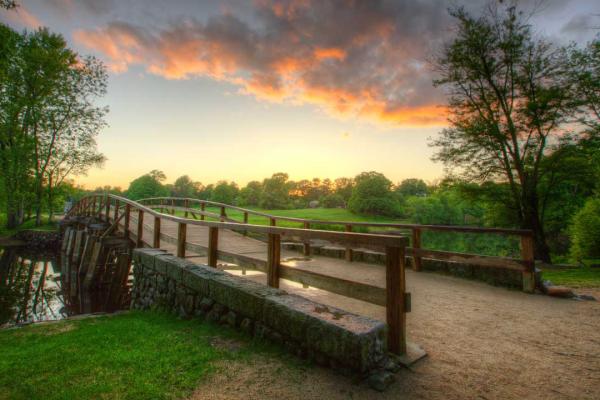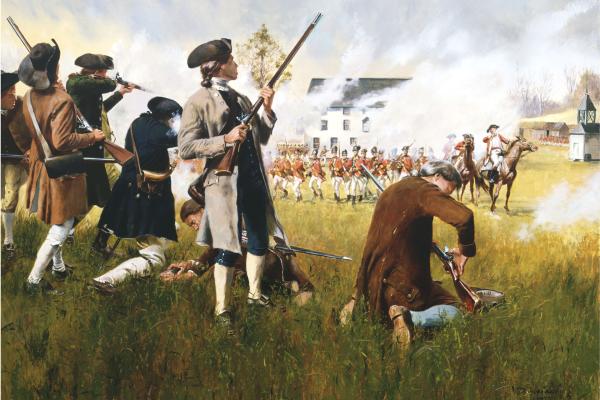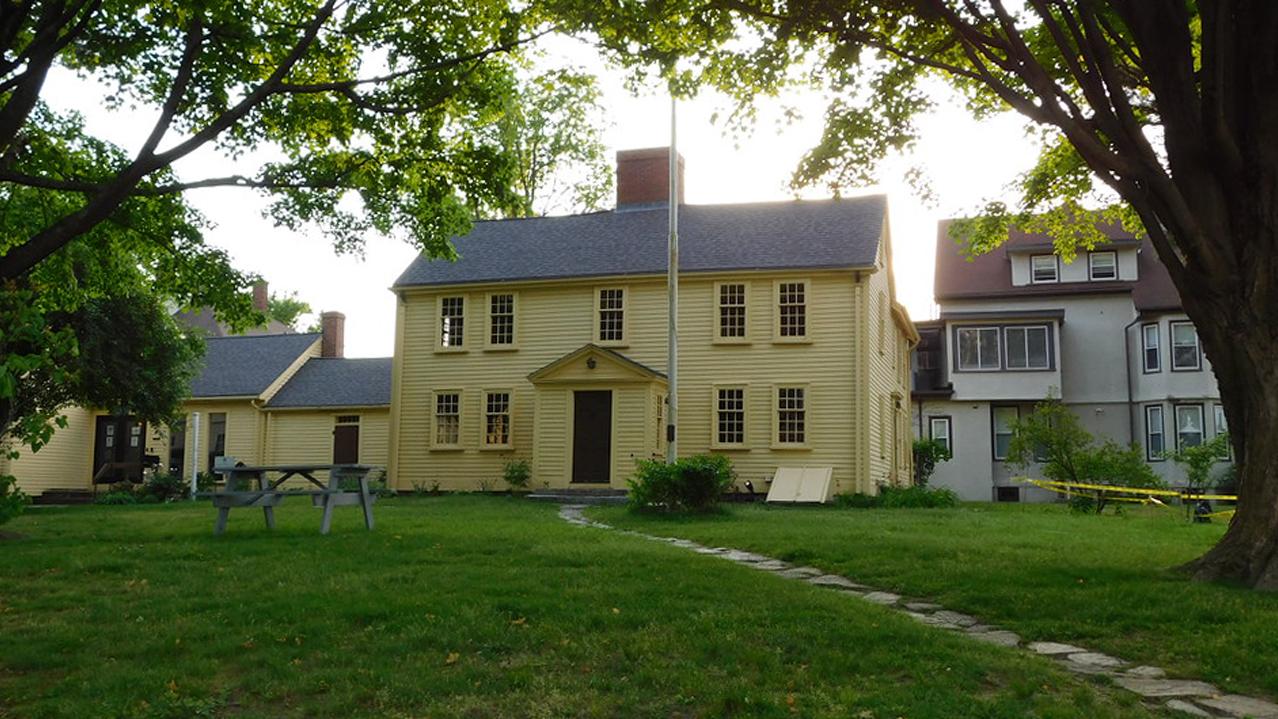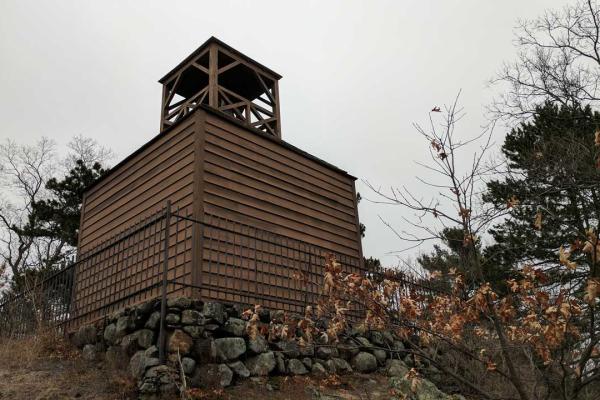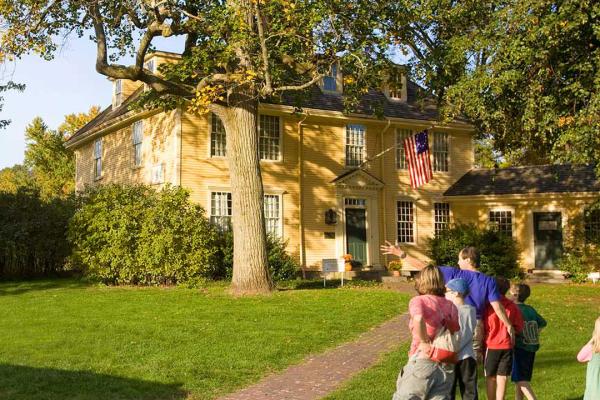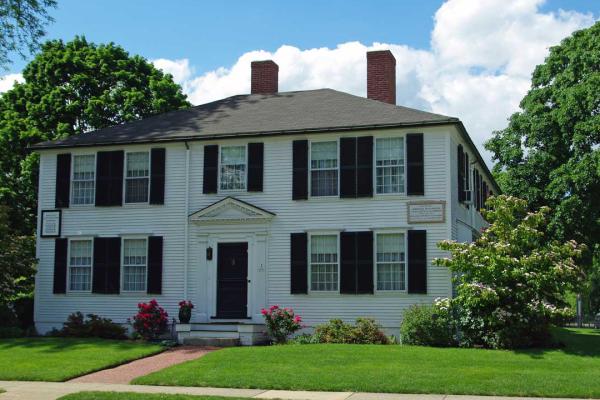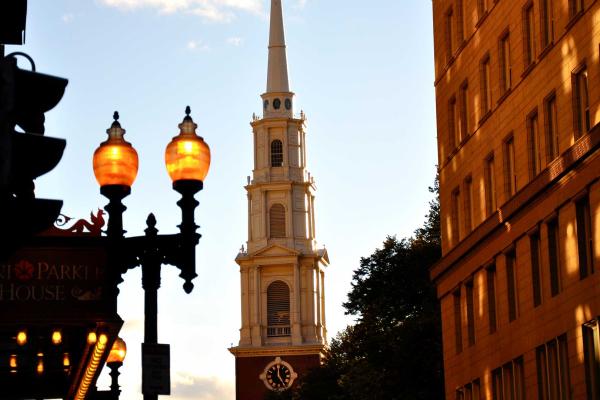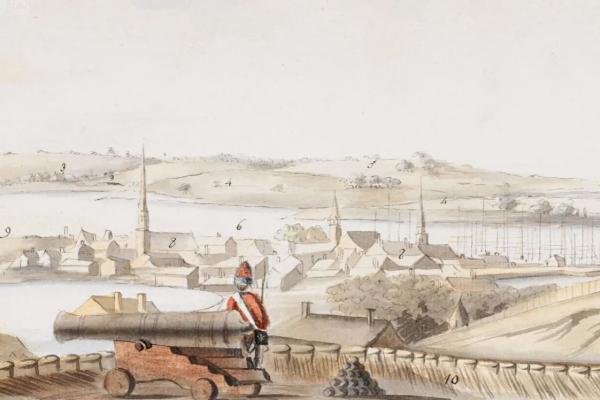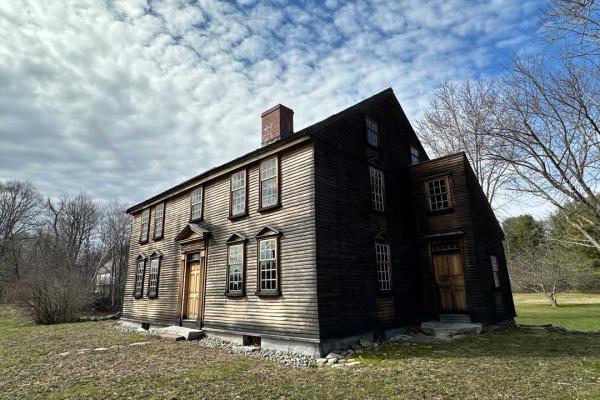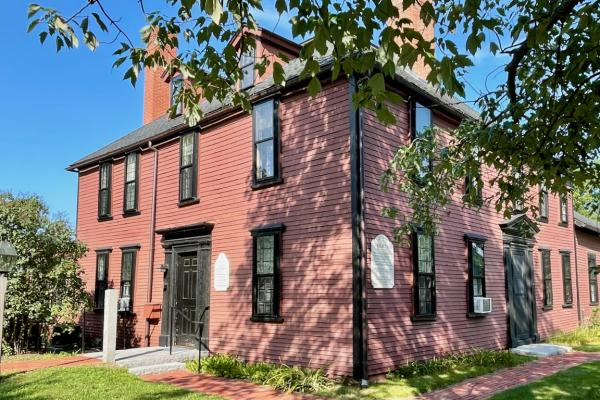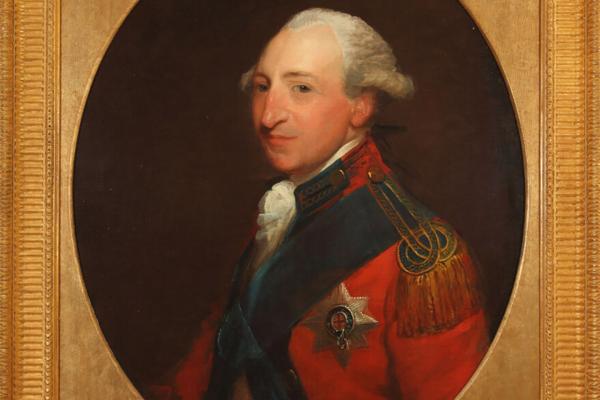Based on analysis of the timbers that make up the structure of the building, the current Jason Russell House was likely built in the 1740s, recycling timbers from an earlier house built on the property in the 1680s. On April 19, 1775, this home was part of the village of Menotomy, which today is Arlington. British troops marched past the home on their way to Concord in the early hours of the morning and returned later that afternoon on their retreat to Boston. Militia from towns around Boston converged on the road the British were using, firing at the redcoats from concealed positions. The British commander, Hugh Percy, ordered his troops to clear out colonial militia using the village buildings as cover. Around a dozen men were killed in and around Jason Russell’s house, including Jason Russell.
The house was altered in the mid-1800s, but much of the eighteenth-century structure remained intact. In 1923, the house was purchased by the Arlington Historical Society to save it from demolition. Today, visitors can explore the Jason Russell House, preserved to reflect its historical significance. Nearby, the Arlington Revolutionary War Monument, the Old Burying Ground, and the Foot of the Rocks memorial offer further insights into the early battles of the American Revolution. These sites provide a deeper appreciation of Arlington's pivotal role in the fight for independence.
What's Nearby
Explore more of The Liberty Trail by visiting these nearby attractions.


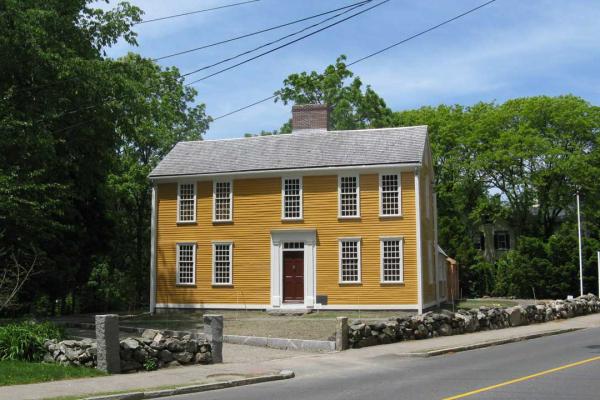
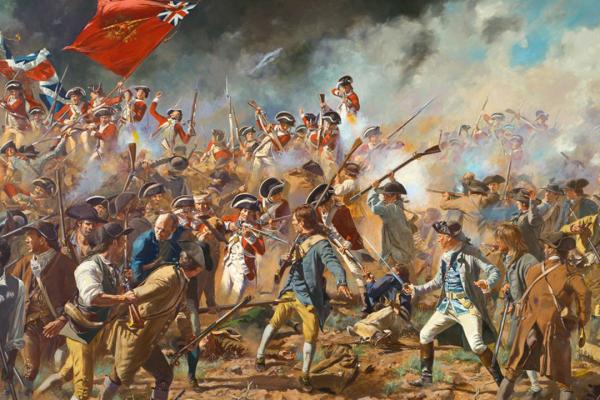
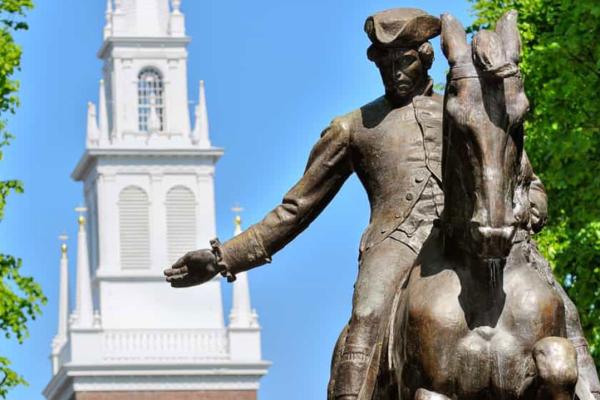
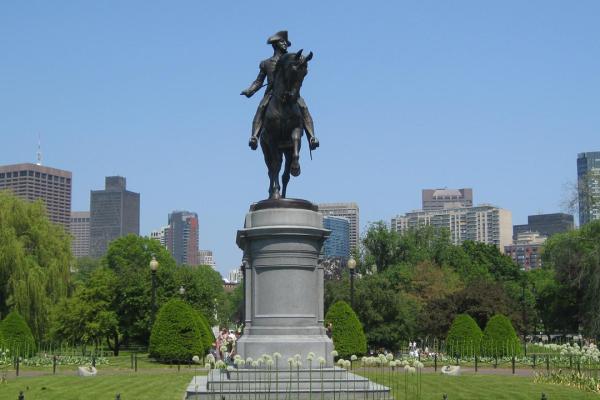
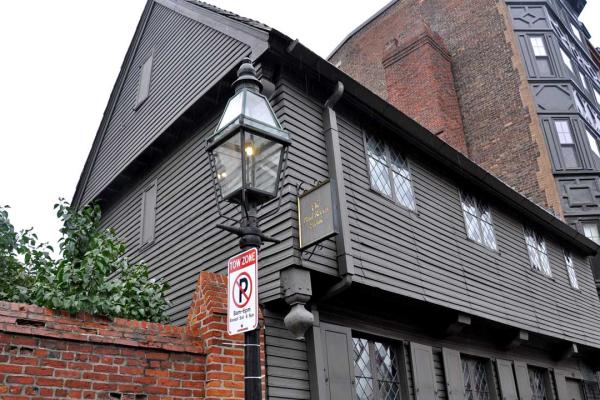
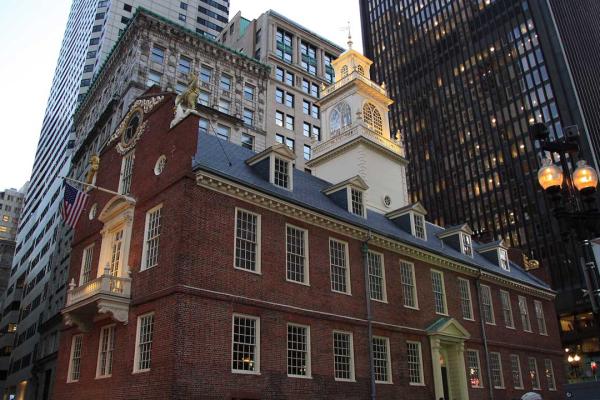

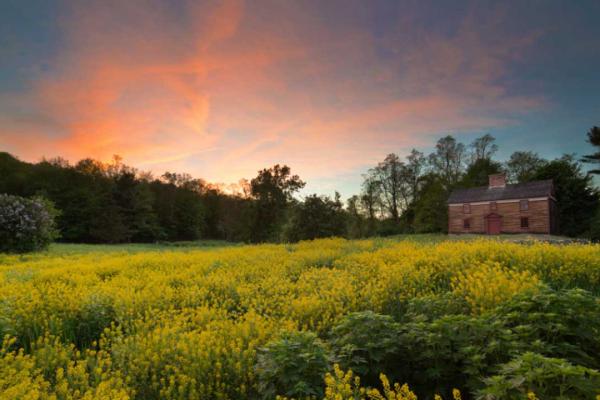
Lincoln, MA 01773


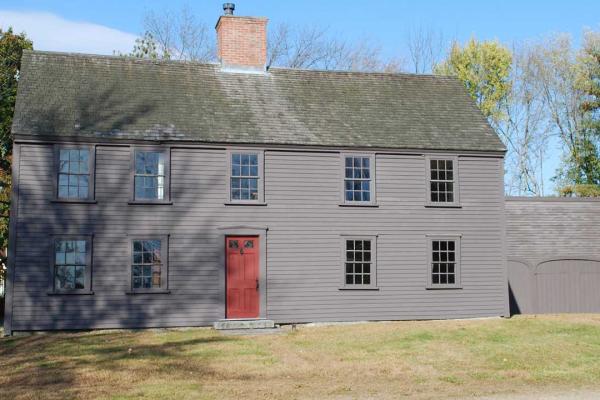
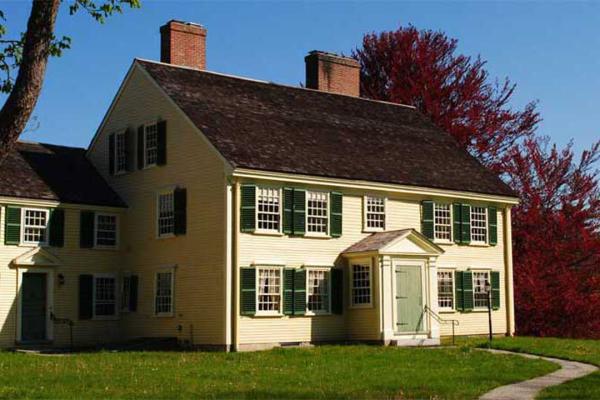
Concord, MA 01742
